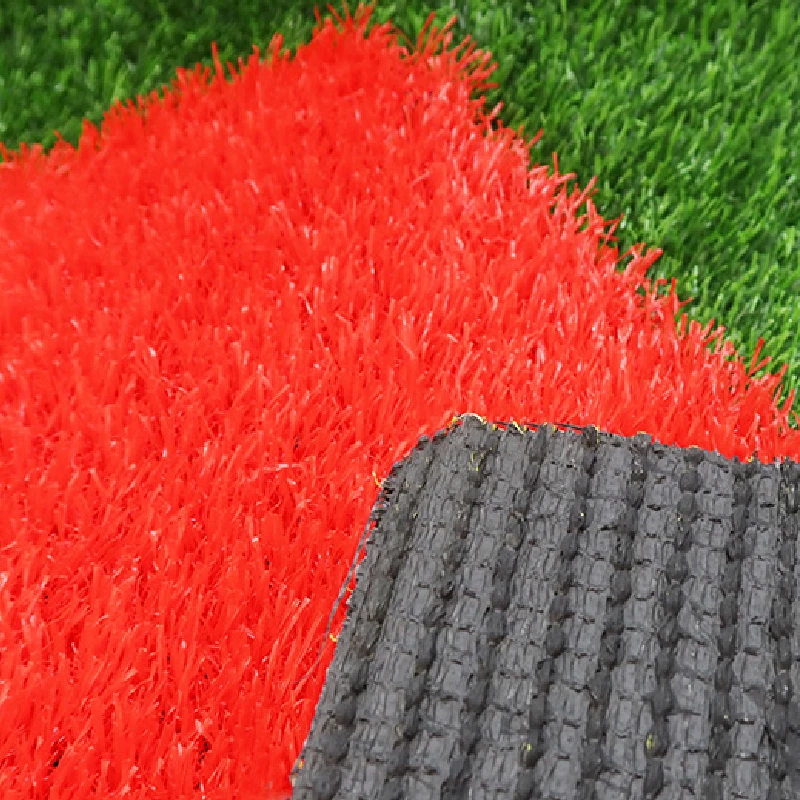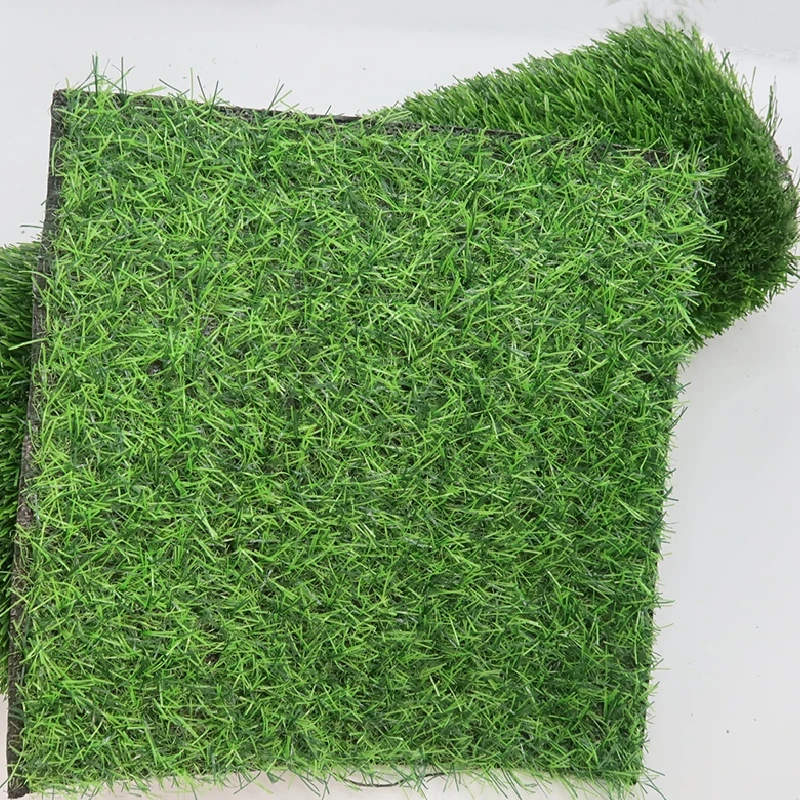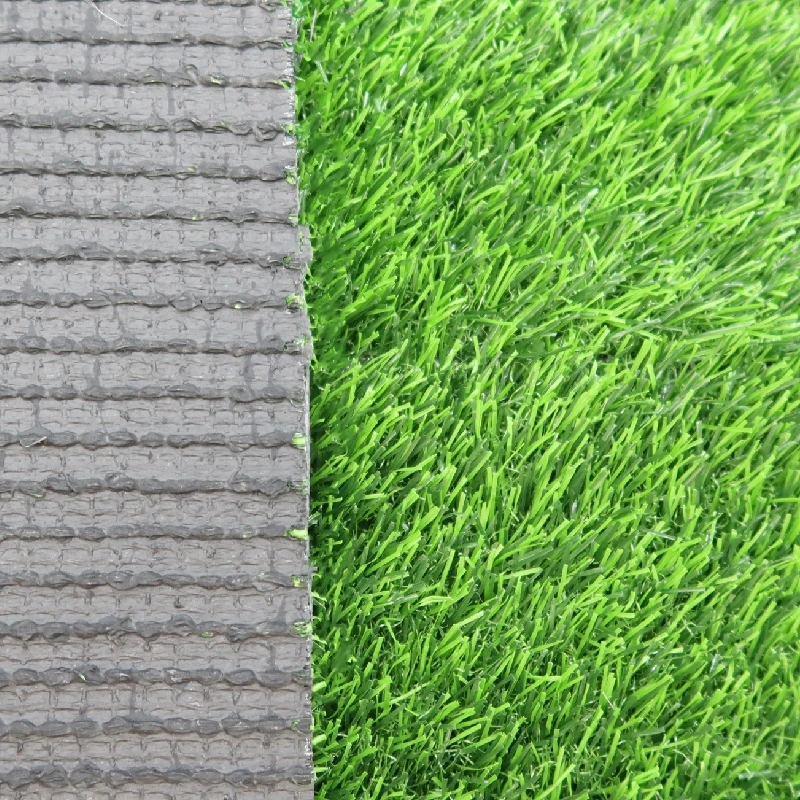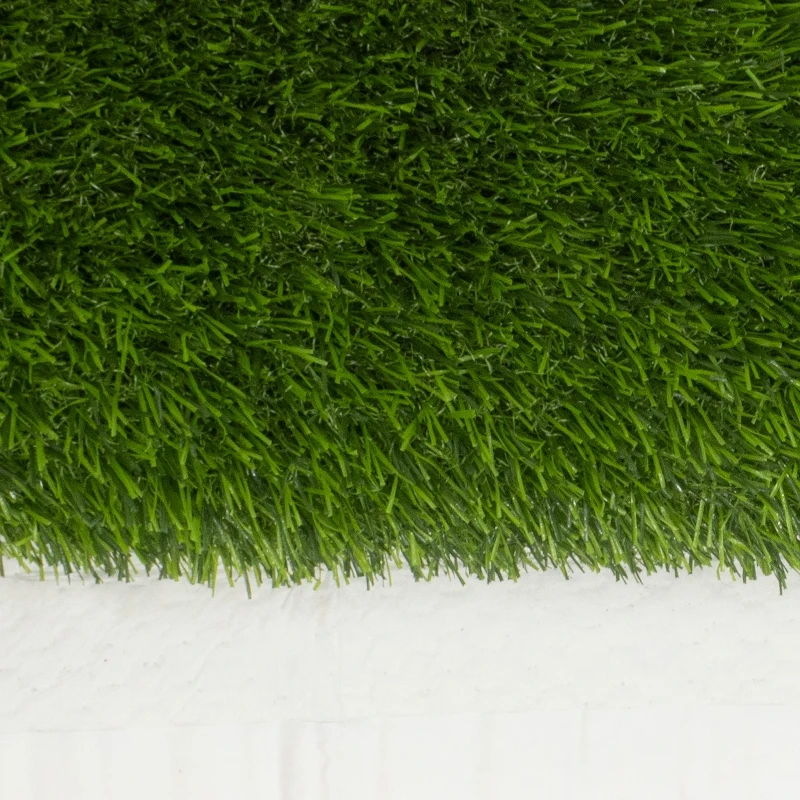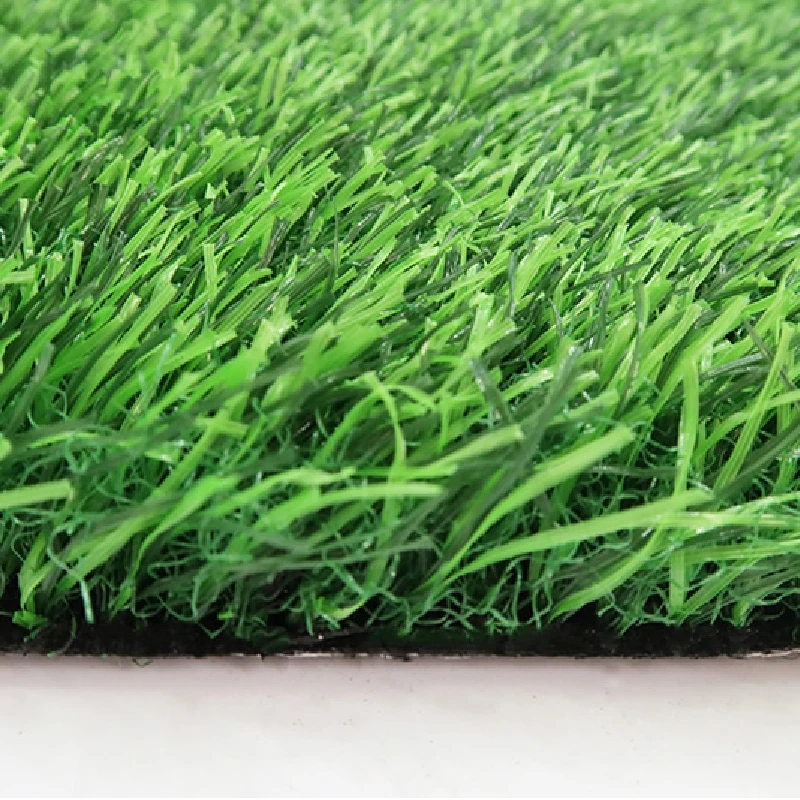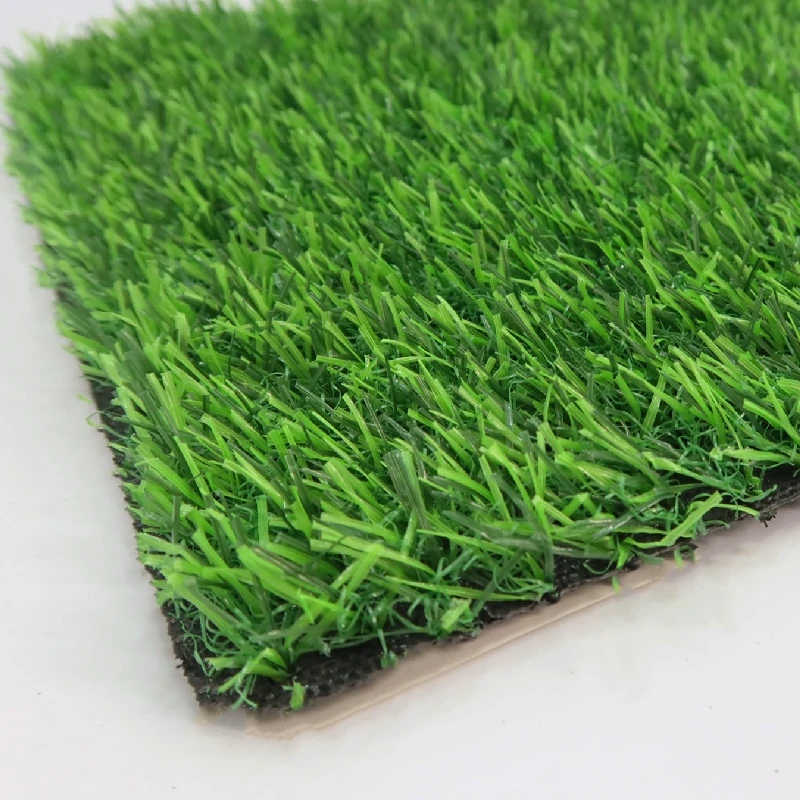Durable, Eco-Friendly Turf for Balcony | Enhance Your Urban Space
Nov . 24, 2025 14:07 Back to list
What Is Turf for Balcony and Why It Matters
Balconies are becoming more than just an afterthought in urban living. They’re tiny private outdoors spaces, often our only green patch in dense cities. Turf for balcony—artificial or natural grass designed specifically for these spaces—is gaining traction globally as people strive for a bit of nature, sustainable living, or simply extra comfort underfoot. Understanding this niche product helps property developers, designers, and urban dwellers transform those spare concrete slabs into relaxing retreats. It’s a straightforward upgrade but with surprisingly broad benefits.
Global Context: Greening Urban Living One Balcony at a Time
Urbanization is accelerating at a breakneck pace, with estimates by the United Nations projecting that nearly 70% of the world's population will live in cities by 2050. This poses an acute challenge: limited green space. That’s where turf for balcony steps in—promoting biophilic design, improving mental well-being, and even aiding temperature regulation in crowded areas. A study by the World Bank highlighted urban heat islands as a growing threat, partly caused by lack of vegetation. Balcony turf is a practical micro-solution, especially in high-rise apartments.
Yet, many balk at the idea, thinking it's complicated or costly. Some balconies aren’t designed to hold heavy pots or natural soil, and not all renters want to fuss with maintenance. That’s why tailored artificial turf options, custom-cut and lightweight, have surged in adoption. They meet modern eco-goals while sidestepping the messy bits.
Defining Turf for Balcony: What Exactly Are We Talking About?
Put simply, turf for balcony is a layer of synthetic or real grass surface engineered to fit balcony floors. Unlike traditional outdoor turf, it’s designed to be lightweight, durable, and often UV-resistant to withstand direct sunlight. For many, it’s a low-maintenance way to bring green underfoot without the hassle of watering, fertilizing, or worrying about drainage issues common in balconies.
More than just decoration, this turf addresses trends in urban sustainability, wellness, and smart usage of limited outdoor spaces. Some advanced variants come with infill materials that mimic the softness and drainage of soil, providing a more natural feel. It’s a small but meaningful part of green architecture and urban quality-of-life improvements.
Key Components that Make Balcony Turf Work
Durability and UV Resistance
Sunlight is harsh on balconies, so the turf needs to resist fading and breakdown. Most high-quality variants come with UV stabilizers. These ensure your turf won’t look sun-bleached or become brittle within a few seasons.
Drainage Capability
Balconies must avoid water pooling, which can cause leaks and damage. Turf for balconies often comes with perforated backing or drainage layers to channel excess water safely, preventing mold or structural concerns.
Weight & Thickness
Unlike backyard lawns, balcony turf has to be light enough so as not to overload the structure but thick enough to provide comfort and a natural look. Most options hover between 8 to 35 ounces per square yard, balancing plush feel and practicality.
Material Safety & Eco-Friendliness
Many users seek non-toxic materials free from harmful chemicals, especially if pets or children are around. Some turf providers now prioritize recyclable materials or blends that can be disposed of responsibly.
Ease of Installation and Maintenance
Given balconies are often rented or leased, most customers want turf that’s quick and easy to install — no heavy glues or complicated tools — and just as easy to clean with a broom or hose.
Mini Takeaway:
Turf for balcony isn’t just “fake grass” slapped down. It’s a carefully engineered, urban-focused product blending durability, comfort, and safety for very particular outdoor micro-environments.
Global Applications and Real-World Use Cases
From Tokyo’s cramped apartments to New York’s soaring condos, balcony turf finds fans everywhere. In Europe, real estate developers use it to enhance rooftop terraces and balcony appeal — boosting rental and resale value without the headaches of real gardens. In Middle Eastern cities where green space is scarce and water precious, artificial turf balconies offer a sustainable alternative, cutting irrigation needs dramatically.
Hospitals in urban centers sometimes install turf on their balconies as restful green spaces for patients recovering in fresh air. Schools in cramped cities use it to create safe play spots on terraces. In hospitality, boutique hotels leverage balcony turf to give guests a novel “garden room” feel.
To give a concrete example, a high-rise in Vancouver recently converted thousands of square feet of concrete balconies into green patios using turf for balcony—residents reported lower stress and a surprising lift in apartment desirability.
Mini Takeaway:
Whether for personal wellness, property value, or eco-friendly goals, balcony turf fits into a broad range of urban scenarios and cultures.
Advantages and Long-term Value of Choosing Turf for Balcony
- Cost Efficiency: While initial cost may seem higher than simple mats, its longevity (often 8–15 years) and zero water bills pay off handsomely.
- Sustainability: Some products use recycled plastics or natural fibers; reduced watering and maintenance mean less environmental impact.
- Safety and Comfort: Soft surface reduces risk of slips or injuries—great for kids or pets.
- Psychological Benefits: Connecting with nature—even artificially—improves mood, reduces anxiety, and fosters well-being.
- Maintenance-Free: No mowing, fertilizing, or patchy browning leaves more leisure time.
Frankly, it’s hard to overstate the joy of stepping onto a balcony that feels alive instead of cold and cemented. Many say it boosts their connection to home and outdoors—and that’s invaluable.
Product Specification Table
| Feature | Standard Range | Typical Materials | Notes |
|---|---|---|---|
| Pile Height | 10-30 mm | Polyethylene, Polypropylene | Short for durability & ease of cleaning |
| Weight per sq. yard | 8-35 oz | Synthetic fibers | Balance weight and structural load |
| Drainage Rate | 10-20 liters/min/m² | Perforated latex or polyurethane backing | Prevents pooling |
| Lifespan | 8-15 years | Highly UV-stabilized fibers | Depends on exposure |
| Maintenance | Low | Cleaning with broom or hose | No watering or mowing needed |
How Do Vendors Compare? A Quick Overview
| Vendor | Material Quality | Customization | Pricing | Eco Credentials |
|---|---|---|---|---|
| GreenDeck Artificial Turf | High-density, UV-treated | Bespoke cuts, color options | Mid-range | Recyclable fibers |
| UrbanGreen Solutions | Moderate durability | Standard sizes only | Budget-friendly | No specific certifications |
| EcoBalcony Turf Co. | Premium, natural look | Custom fit, installation service | Premium | Certified organic backing |
Looking Ahead: Innovations and Trends in Balcony Turf
Technology keeps pushing limits. New turf blends combine better softness with durability, some even embedded with sensors to monitor foot traffic or moisture levels—maybe it sounds over the top, but it’s coming. Eco-consciousness fuels material innovation, such as biodegradable turf or options made from algae-based fibers. Digital customization tools allow customers to preview exactly how turf will look on their balconies, minimizing returns.
Also, sustainability policies, especially in forward-thinking cities like Copenhagen or Vancouver, encourage rooftop greening, balconies included. Turf for balcony could soon become a standard amenity rather than a niche add-on. Some community plans even offer subsidies for green balconies to combat climate change impacts.
Common Challenges (and How to Fix Them)
Despite the benefits, some users face issues like odor buildup, drainage problems, or rapid wear if the turf isn’t suited for heavy foot traffic. Experts suggest going for UV-resistant, antimicrobial turf with proper drainage holes. A rough but recommendable tip: always check weight limits on balconies before installation to avoid structural risks.
Installation errors cause many headaches—improper surface prep or adhesive choices reduce turf lifespan. Honestly, it pays off to have a pro do the job or at least follow comprehensive guides.
FAQs About Turf for Balcony
1. How does artificial turf on a balcony avoid water damage?
Most balcony turfs have drainage holes and backing that let rainwater and cleaning water pass through, preventing pooling. Proper installation ensures water flows off the balcony smoothly, reducing leak risks.
2. Is turf for balcony pet-friendly?
Yes, many turf products are safe for pets, made without toxic chemicals. They’re easy to clean and prevent muddy paws inside, but check that specific turf is labeled pet-safe.
3. Can I install balcony turf myself?
Many turfs are designed for DIY installation with adhesive strips or interlocking tiles. However, careful measuring, surface prep, and sometimes sealing edges make the process easier and longer-lasting.
4. How long does balcony turf typically last?
With proper care and UV-resistant materials, balcony turf lasts 8 to 15 years, though heavy wear or extreme weather can shorten that span.
5. Can turf help reduce balcony noise?
It can slightly dampen footsteps or noise from neighbors, but it’s not a full soundproof solution. Its soft surface helps somewhat with noise absorption compared to bare concrete.
Final Thoughts
Turf for balcony is more than a green luxury; it’s a subtle, meaningful urban innovation. It boosts well-being, raises property appeal, and plays a quiet role in sustainable city living. If you’re curious to turn your balcony into a green oasis or want to explore professional-grade options, consider visiting turf for balcony specialists—they often have tailored solutions for your space.
After all, small changes like this add up, especially when city life feels overwhelming. A simple patch of green can change the whole vibe.
References
- UN Department of Economic and Social Affairs – World Urbanization Prospects (2018)
- World Bank Report on Urban Heat Islands and Climate Risks (2020)
- ISO 9001:2015 – Quality Management Systems and Sustainable Practices
-
Turf Between Pavers: Sustainable Green Paving Solutions for Modern Urban Spaces
NewsNov.24,2025
-
Discover the Benefits of Turf and Pavers Backyard | Sustainable Outdoor Design
NewsNov.24,2025
-
Top Quality Artificial Grass – Sustainable, Durable, and Stylish Turf Solutions
NewsNov.24,2025
-
Durable and Eco-Friendly Thick Artificial Grass Solutions | Hoya Grass
NewsNov.24,2025
-
Synthetic Turf: Sustainable Green Solutions for Sports, Industry & Urban Living
NewsNov.24,2025
Products categories



